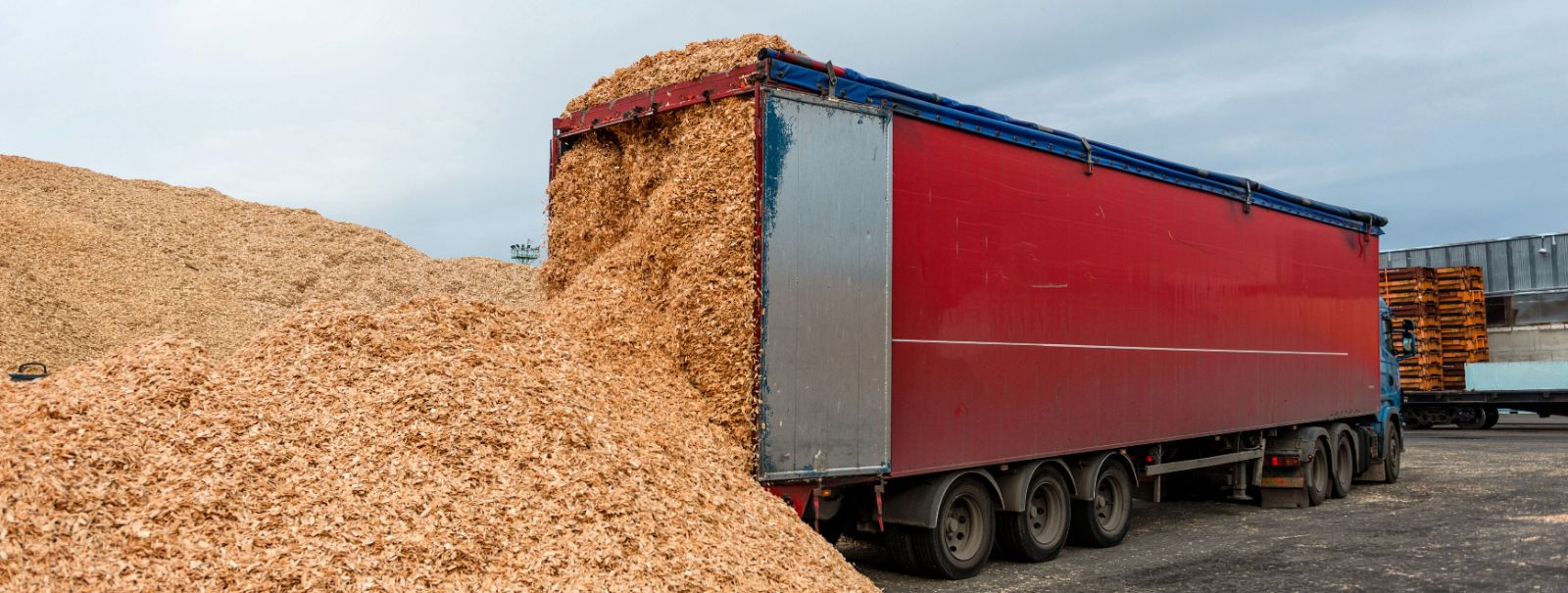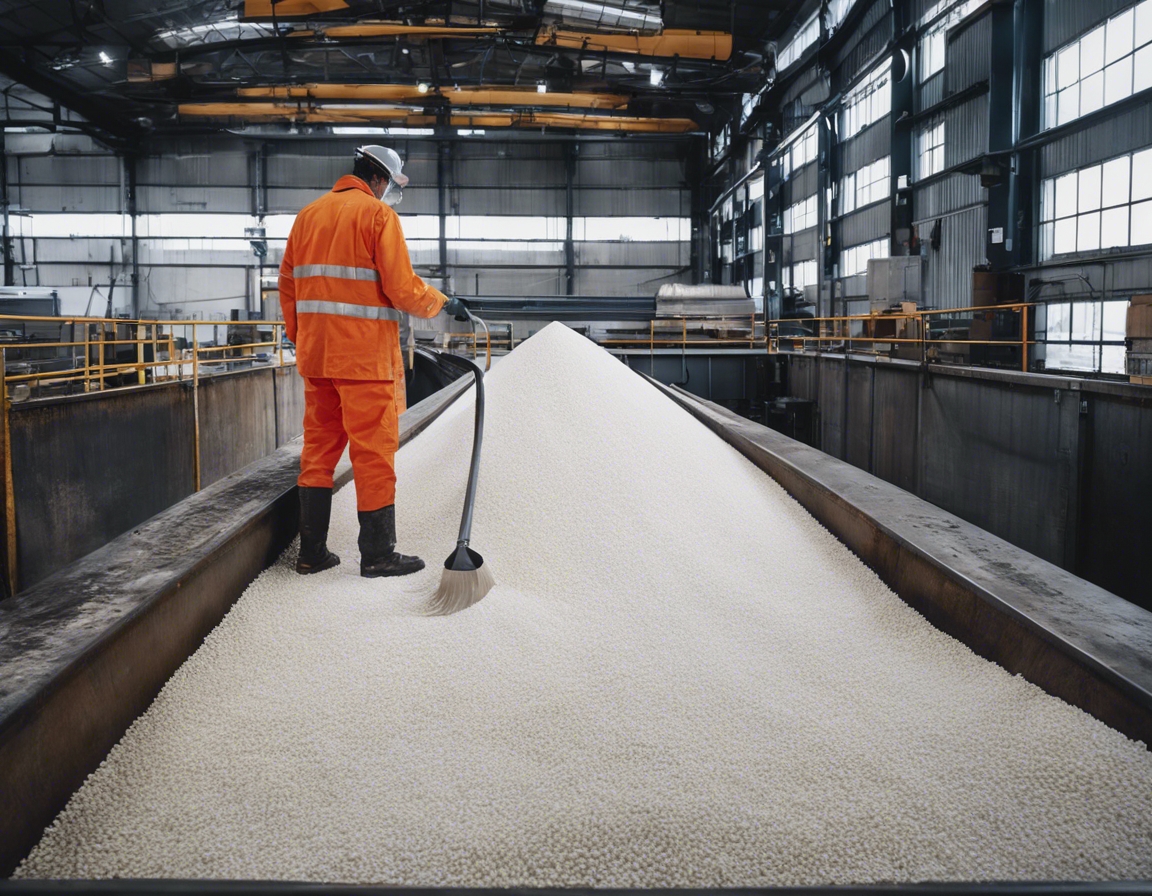The ultimate guide to wood chip transportation
Wood chips are a byproduct of forestry and woodworking industries, commonly used as a biomass fuel, mulch in landscaping, raw material in paper production, and as a substrate in agricultural processes. Their transportation is a critical component in the supply chain of various industries.
Efficient transportation of wood chips is vital for maintaining the quality of the product, reducing costs, and ensuring timely delivery to end-users. It is a specialized process that requires knowledge of the material's properties and the logistics involved.
Types of Wood Chip Transportation
Trucking is the most flexible mode of transportation for wood chips, allowing for door-to-door delivery. It involves the use of specialized vehicles that can handle the bulk and weight of wood chips.
Rail transport is cost-effective for long-distance transportation of wood chips. It offers larger volume capacity and is more environmentally friendly compared to road transport.
Maritime shipping is ideal for international transport of wood chips. It has the highest volume capacity and is the most economical option for bulk shipments over long distances.
Factors Influencing Wood Chip Transportation
The volume and weight of wood chips significantly affect the choice of transport. Larger shipments may benefit from rail or maritime shipping, while smaller quantities are often transported by truck.
Distance to the destination and required delivery timelines dictate the mode of transport. Urgent deliveries typically rely on trucking, whereas planned shipments can utilize rail or sea.
Seasonal changes and weather conditions can impact transportation logistics, with certain modes being more viable during different times of the year.
Transporting wood chips requires adherence to safety regulations and environmental laws, which can vary by region and transportation mode.
Best Practices in Wood Chip Transportation
Selecting the appropriate transportation method is crucial for efficiency and cost-effectiveness. Factors such as distance, volume, and delivery schedules must be considered.
Protecting the quality of wood chips during transit is essential. This involves using proper containment systems and moisture control measures.
Optimizing routes and logistics can lead to significant cost savings. This includes choosing the most direct routes and combining shipments when possible.
Environmental sustainability is a growing concern in transportation. Companies are adopting eco-friendly practices, such as using biofuels and optimizing load capacity to reduce emissions.
Advanced Technologies in Wood Chip Transportation
GPS tracking and fleet management technologies provide real-time data on vehicle locations and conditions, enhancing the efficiency of wood chip transportation.
Automated systems for loading and unloading wood chips can increase speed and reduce labor costs, while also improving safety.
TMS solutions help in planning, executing, and optimizing the movement of goods, ensuring efficient use of transportation resources.
Using biodegradable and eco-friendly packaging for wood chips contributes to sustainability efforts and can enhance a company's environmental image.






Comments (0)